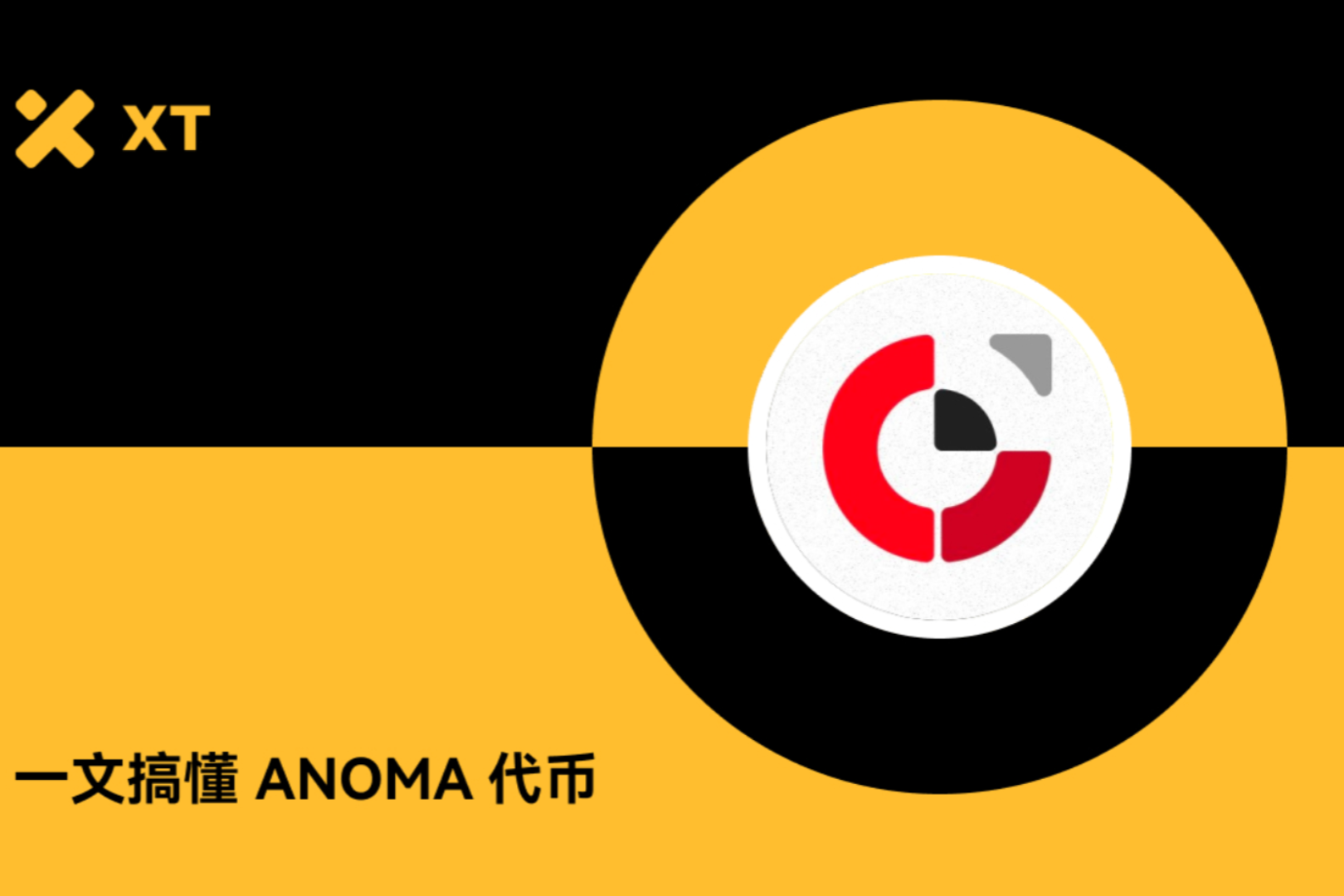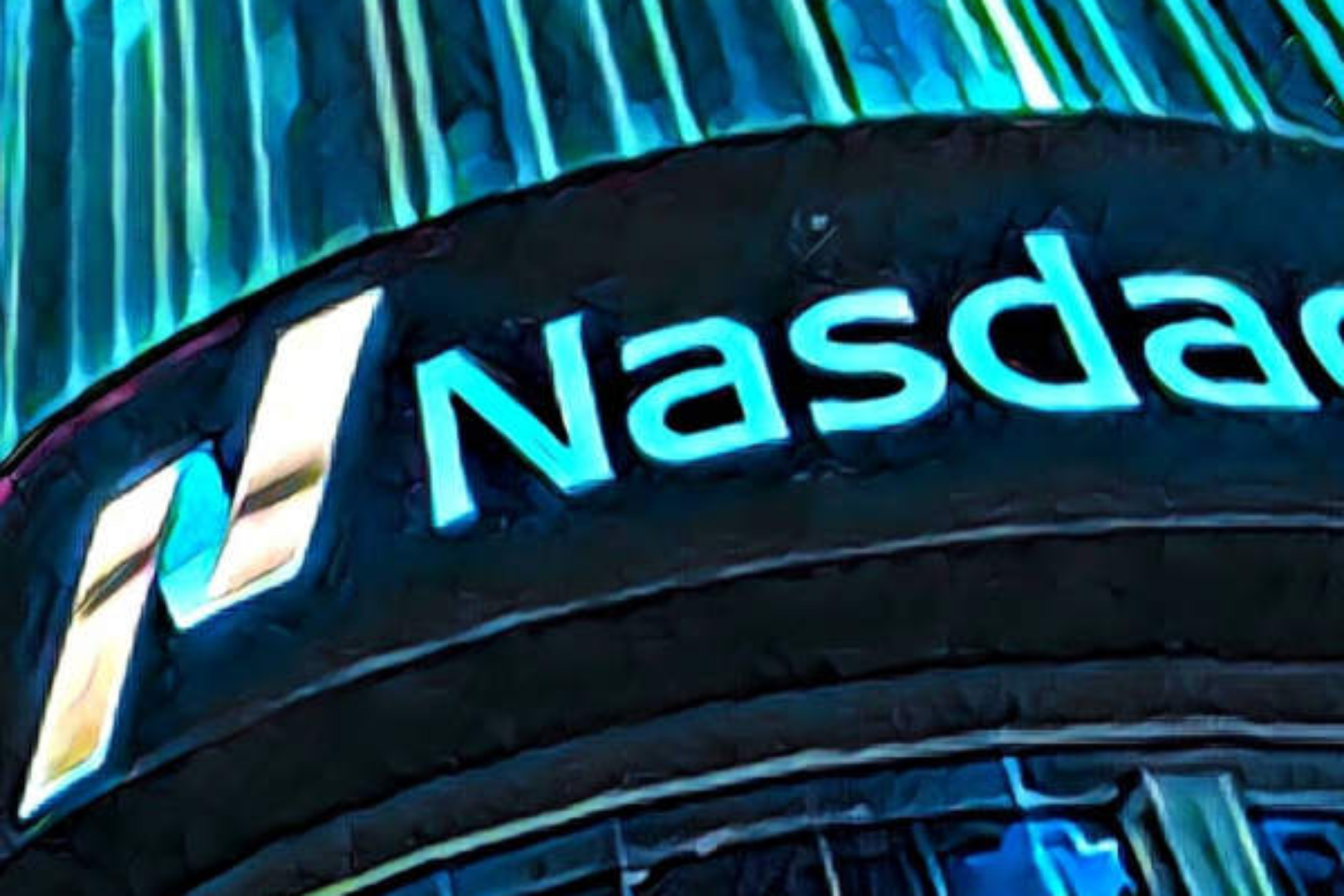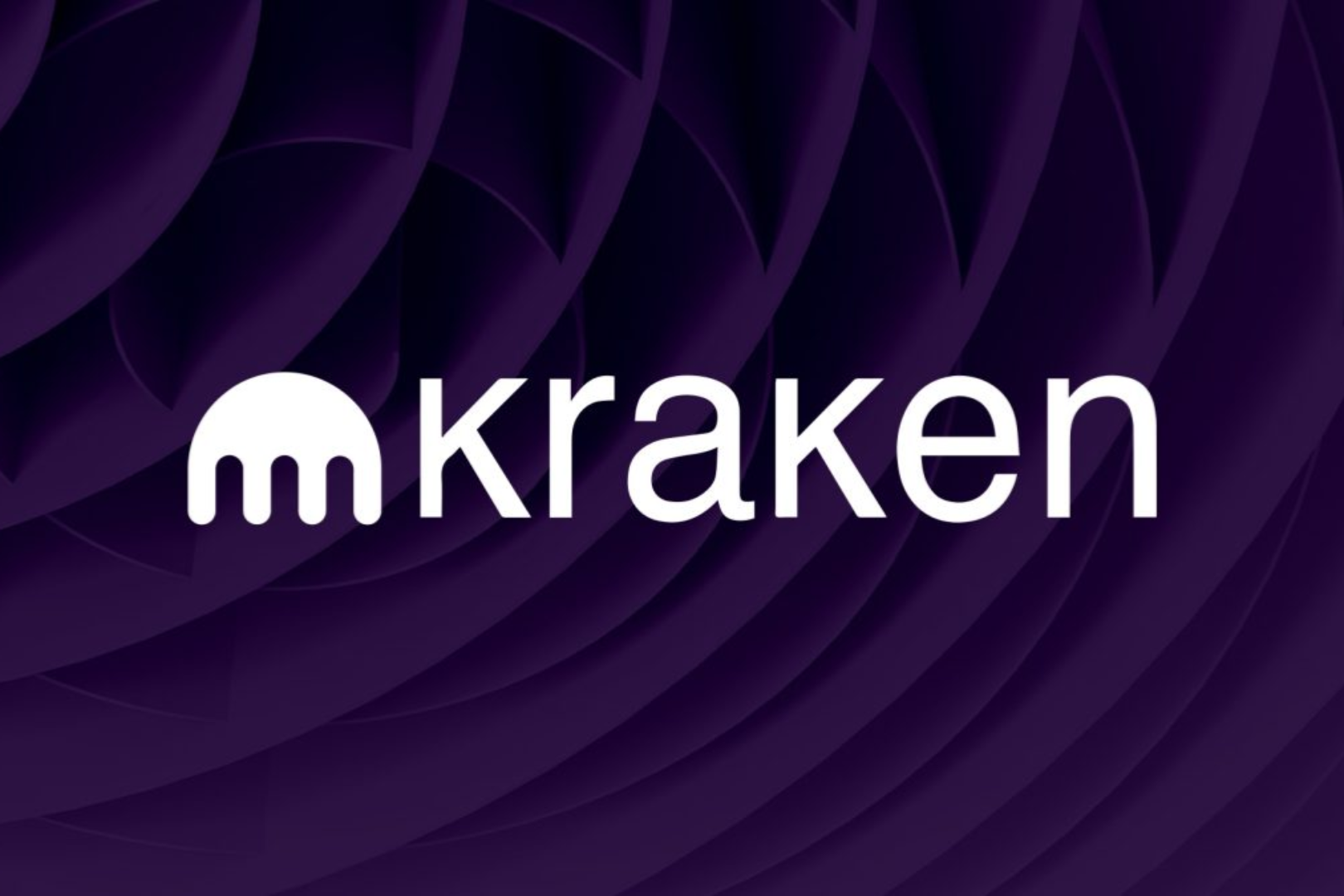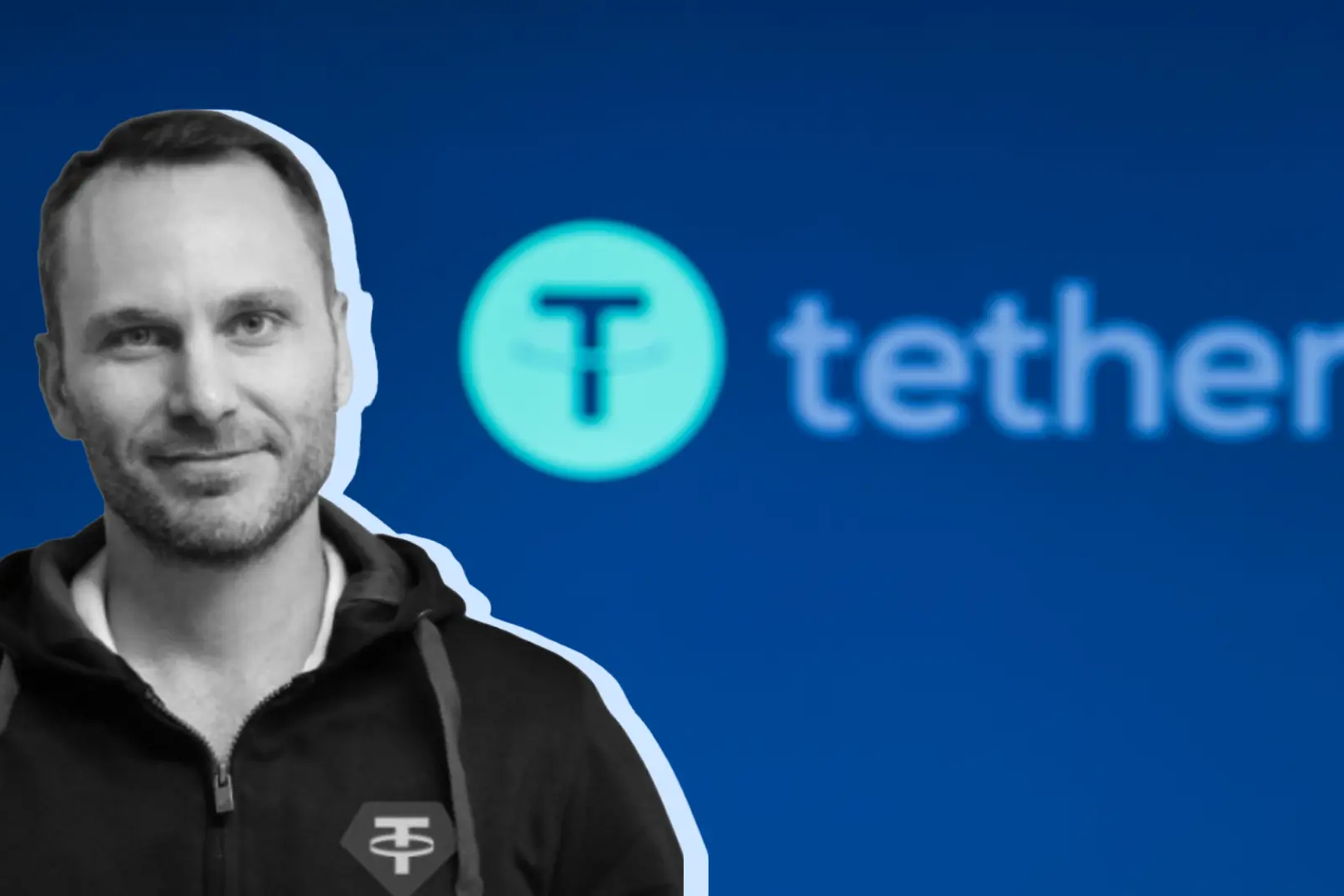
In recent years, traditional financial talents have flocked to the digital asset industry. The new financial system has been built rapidly, skipping the tedious trial and error stage, and can apply formal traditional financial methods to make profits.
In a sense, digital assets can be defined as general equivalents. In terms of financial attributes, it is easy to get through with the financial derivative model of legal currency. Therefore, various regular and current wealth products of digital assets are gradually emerging.
How to make stable profits in the digital asset industry through traditional financial methods? The most important thing is to quantify the transaction.
first level title
What is quantitative trading?
image description
Quantitative trading interface
Compared with traditional trading methods:
Quantitative trading strictly follows discipline, avoiding unnecessary losses caused by traders' subjective feelings;
Quantitative strategies will not only use a single indicator as a judgment factor, but will comprehensively make systematic judgments based on massive data from multiple perspectives such as macro cycle, market structure, valuation, growth, profit quality, analyst profit forecasts, and market sentiment;
The core idea of quantitative trading is based on systematic judgment, buying undervalued assets and selling overvalued assets for arbitrage;
There is no fatigue in the program, as long as there is a trading opportunity, the strategy will start, sometimes even dozens of transactions in one second;
Quantitative strategy wins with probability. Under the premise of a sufficient number of transactions, the loss of some transactions will not affect the overall good rate of return.
On top of the existing advantages, the 24-hour non-stop digital asset market provides more opportunities for quantitative transactions;
At the same time, the opacity of information in the digital asset market and the gap in information transmission make it easier to find arbitrage opportunities for quantitative transactions.
Therefore, quantitative strategies can often perform better in the digital asset market than in traditional markets, making ten-digit annualized returns a reality.
At present, the quantitative income of digital assets is much higher than that of traditional finance. The British Interbank Offered Rate (LIBOR) has always been the standard for deposit rates specified by major central banks.
In May 2020, LIBOR was only 2.28%, while the annualized interest rate of principal-guaranteed digital asset wealth management products remained at 6%-12%.
image description
first level title
Classification of Digital Asset Quantification Strategies
Quantitative strategies can bring excellent returns, but not all quantitative strategies have the same face. Generally speaking, quantitative strategies are also classified according to dimensions such as trading products, profit models, strategy signals, and transaction speed.
secondary title
trend arbitrage
After the market trend is formed, taking the bull market as an example, in the upward trend, the lower support level and the upper pressure level are established through a mathematical model and defined [no arbitrage interval] (theoretical price difference).
When the market price is higher/lower than [No Arbitrage Range], it is considered that there is an arbitrage opportunity, and a sell/buy operation is performed. After a trend arbitrage transaction is completed, the strategy will continue to analyze the market and look for arbitrage opportunities again for the next transaction.
futures arbitrage
futures arbitrage
Term arbitrage is speculation based on the basis difference between the spot price and the futures price (basic difference = spot price - futures price).
In the term arbitrage strategy, the price of a single spot or futures has no effect on the strategy, and the only factor that affects the return is the basis.
image description
secondary title
arbitrage
Brick arbitrage is a relatively simple strategy. The core is to discover the difference of the same currency in different exchanges at the same time, sell on the platform with high price across platforms, and buy on the platform with low price, so as to earn profit from the price difference. The specific operation is as follows:
However, this strategy requires regular balancing of the remaining assets in the exchange, and the price of the currency will also affect the final rate of return. To some extent, there are still certain risks.
Trend and spot arbitrage belong to risk arbitrage (statistical arbitrage), and the core competition is the accuracy of judgment on future trends. In fact, there is still risk-free arbitrage, but don't think that you can make money without risk.
Risk-free arbitrage mainly includes hedging arbitrage (brick-moving arbitrage is a type of hedging arbitrage) and triangular arbitrage. The core competition is network speed, algorithm efficiency and commission. For most institutions, the threshold here is higher. , no explanation will be given for now.
This article only briefly introduces three quantitative strategies. The actual operation is far more complicated than that mentioned in the article. There are many combinations of strategies, and there are more influencing factors to be considered. Strategic carrying capacity, market liquidity, depth of capital pool, network speed, off-site factors, natural disasters, etc. may have a huge impact on the final income.
The current trading volume of digital assets has dropped much compared to the past, which limits the execution of many quantitative strategies. Even the main income of some teams comes from the market maker services of high-frequency trading.
Many quantitative products can only reduce interest rates accordingly to deal with inactive market trading volume.
Written by | Liu Yijun
Editor | Mr. Flower





